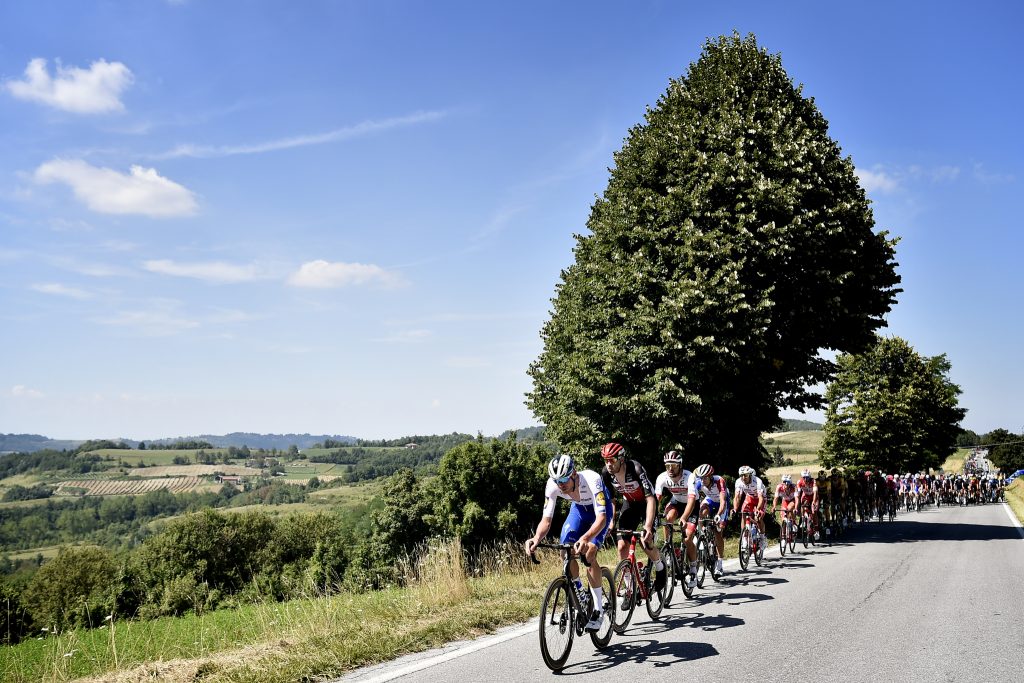
The second phase of the World Tour season kicked off with Strade Bianche, the gravelly one-day race that actually only started in 2007 but which everyone has agreed to talk about like it’s been going for at least 100 years.
It was an inauspicious start in some ways with Sylvan Dillier hoicked from the start list following a positive coronavirus test.
“The entire health system is a big joke,” said the Swiss rider, before somewhat inaccurately proclaiming himself, “the healthiest person in the world.”
The lead-in was also notable for the Trek-Segafredo women’s team having a bunch of bikes nicked after someone cut through the roof of their truck.
After that things were more straightforward. The races themselves were hot, beautifully dusty and won by vans.
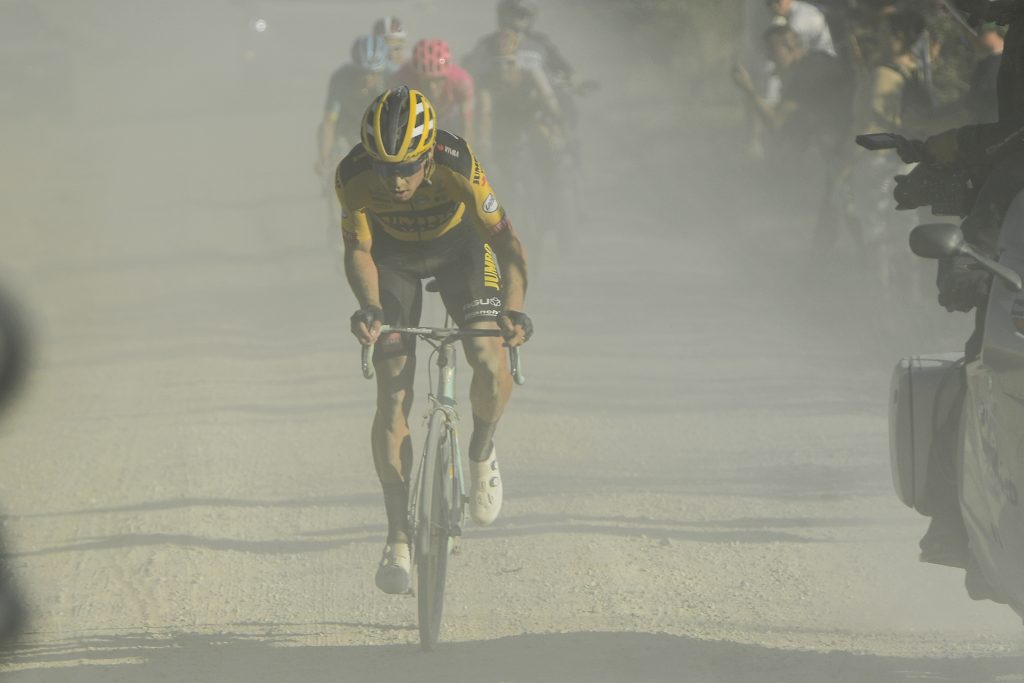
Annemiek van Vleuten won the women’s race. She’s world champion, so that wasn’t an enormous surprise. (Plus she won it last year despite her pre-season being knocked very mildly off kilter by the small matter of a broken knee.)
Three-time cyclo-cross world champion Wout van Aert won the men’s race. He’s only 25 and had already finished third here twice before, so that wasn’t an enormous surprise either.
Van Aert’s very much the big shiny new thing in classics cycling. Or at least he would be if Mathieu van der Poel wasn’t bigger and shinier. (Although van der Poel finished 15th so maybe we’re overdue a reappraisal of their relative size and shininess.)
Milan-Sanremo
A week later, it was Milan-Sanremo, the first Monument of the season (just a week before the one that is normally the last).
The lead-in was again as smooth as the cobbles of Paris-Roubaix. First they had to change the route a week before because all the seaside mayors were complaining that the race (which is normally run in March) would ruin their August holiday season. A few days later, there were colossal storms and they had to change the route again.
But, as with Strade Bianche, the day itself unfolded without gargantuan mishap.
It is a race almost any kind of rider can win. Scrawny Grand Tour contender Vincenzo Nibali won it in 2018, while out-and-out sprinter Mark Cavendish won it in way back in 2009. This year there was the added frisson of no-one having the faintest clue how the favourites would cope with a 305km race with almost zero competitive build-up.
There are always several riders who push the pace on the final climb, the Poggio, and you’re never quite sure which effort is significant. You’ve half an idea when it’s the reigning champion though. Julian Alaphilippe went hammering away a few hundred metres from the top and started the descent on his own.
Wout van Aert followed and caught him and then those two went haring downhill in a fairly terrifying manner.
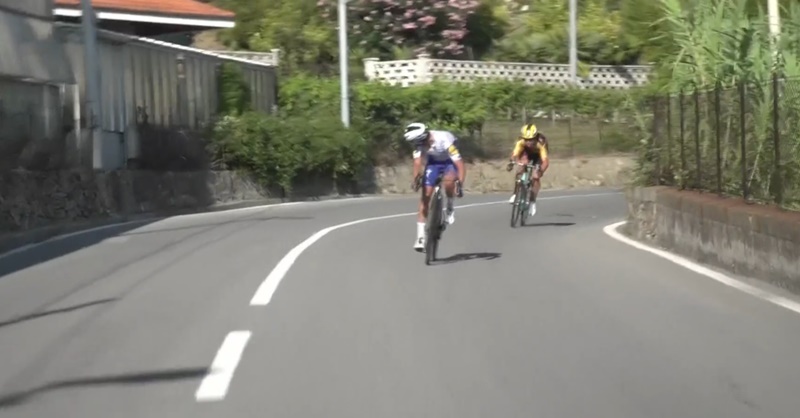
They were clearly the two freshest riders and together they were just about fast enough to hold off the combined might of the second tier, crossing the line just two seconds ahead of the chasing group.
Van Aert was very slightly quicker and so took a slightly bigger win than the one the week before.
The Tour of Lombardy
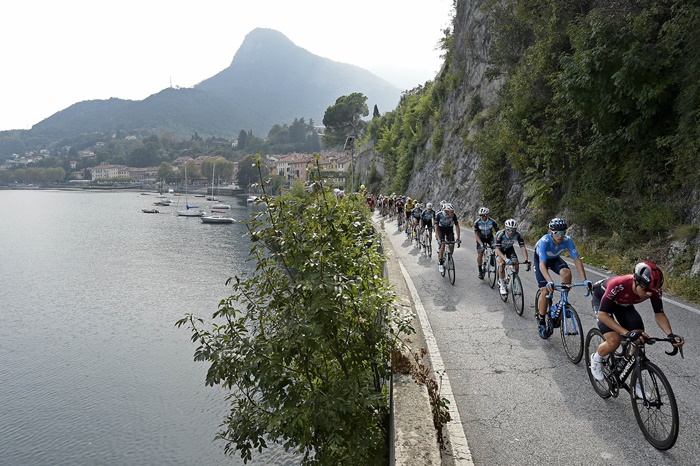
Another Saturday, another logistical challenge. The race that insists on calling itself Il Lombardia was slightly rerouted a few days before and ended up 12km shorter. I have no idea why. I guess it just wanted to join in.
The Tour of Lombardy is traditionally the fifth of the five Monuments and nicknamed The Race of the Falling Leaves as it usually takes place in autumn. Not many races have been brought forward this year.
It didn’t really benefit from the move. Faced with a choice between racing to win the Tour of Lombardy or racing five hard mountain stages at the Critérium du Dauphiné, pretty much all of the main contenders for the Tour de France opted for the latter because it’s better preparation.
That’s cycling. The Tour is not everything, but one way or another nothing is untouched by its shadow.
So that was a bit disappointing, but there was worse to come.
With under 50km to go, the favourite, Remco Evenepoel (he’d won all four of the stage races he started this year), went over the side of a bridge.
It was a really sick-making period of TV coverage. One of those where the commentators just completely shut up for a while and everyone’s fearing the worst.
This was where he went over.
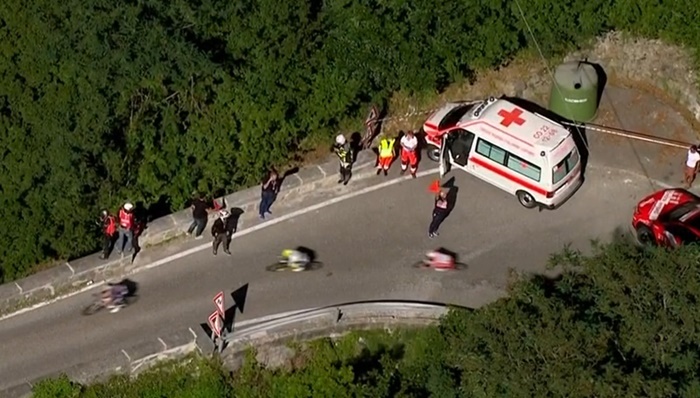
You can’t really see from that angle, but it looked like it could have been a pretty big drop.
And it was a big drop – but thankfully not quite as big as many of us thought.
Evenepoel suffered a fractured pelvis, but he’ll be back riding in a month or so. His season’s over and his fitness should recover. The mental scars may be another matter, however.
A little while later, some random motorist who’d somehow got onto the course turned across the path of German rider Max Schachmann.
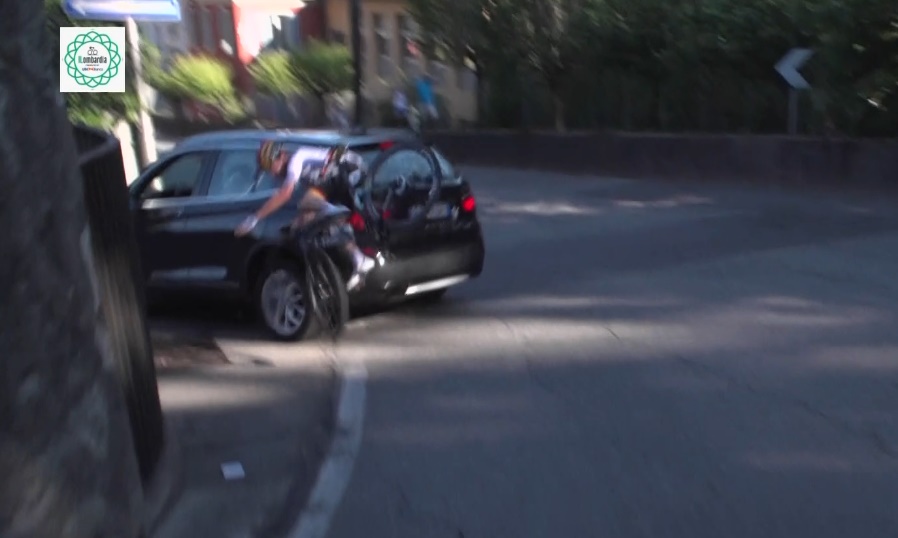
He broke his collarbone but finished seventh.
Jakob Fuglsang won. The front group got thinner and thinner and towards the end he was very obviously the strongest rider. It was the Dane’s second Monument after Liege-Bastogne-Liege last year.
Critérium du Dauphiné
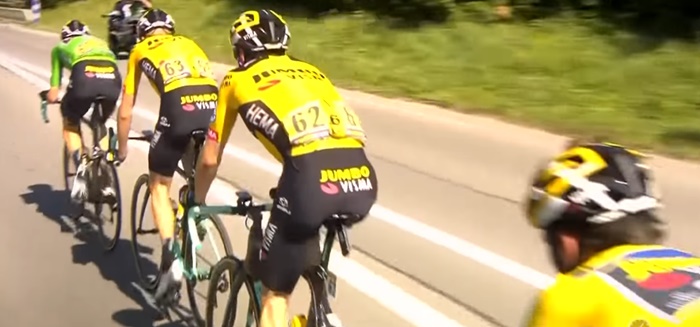
I wasn’t going to cover the Dolphin, but it initially seemed like it was going to be a bigger race than the Tour of Lombardy, so it seemed silly not to at least mention it.
It’s a sign of how the Tour de France subsumes all else in cycling that the Dauphiné proved a bigger draw than the Tour of Lombardy because the latter is in theory the bigger race.
Last year’s Tour winner Egan Bernal was at the Dauphiné, along with the winners of the two editions before that – Geraint Thomas and Chris Froome (all three from Team Ineos).
Ineos’s big rivals Team Jumbo-Visma sent Primoz Roglic, the winner of last year’s Vuelta a Espana, and Tom Dumoulin, the winner of the 2017 Giro d’Italia.
You’d recognise a whole load of other names too. It was quite a field.
This kind of prioritisation means that even preparation for the Tour de France is bigger news than almost anything else. However, at the same time it *is* preparation.
For example, when Bernal felt he wasn’t going to get anything more from the race, he pulled out. It was said it was because he had a slight bad back, but more likely he’d done enough training for the Tour (during the race but more significantly immediately before it) and was starting to feel the fatigue.
Then race leader Roglic fell and suffered some nasty road rash. In other circumstances, he’d have carried on, but with the Tour looming, he too pulled out.
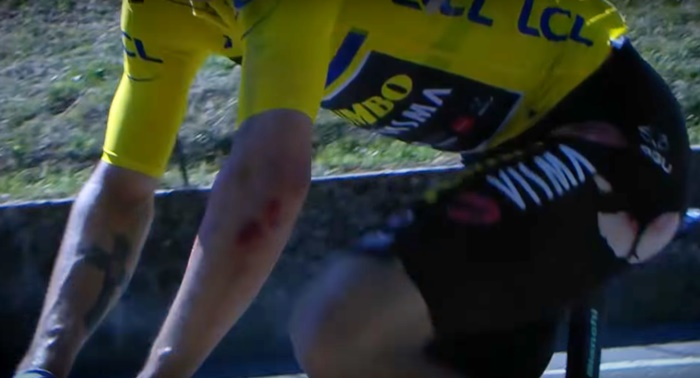
You could see why it made for good training though. It was a tough race – not only in terms of who was there, but also in terms of the route.
They shortened it to five stages, but kept all the intensity. Stage 1 was the easiest and it was hard with an uphill finish. Almost inevitably, Wout van Aert won that one, but what was arguably more newsworthy was seeing Chris Froome drifting off the back of a fairly large front group quite some way before the finish.
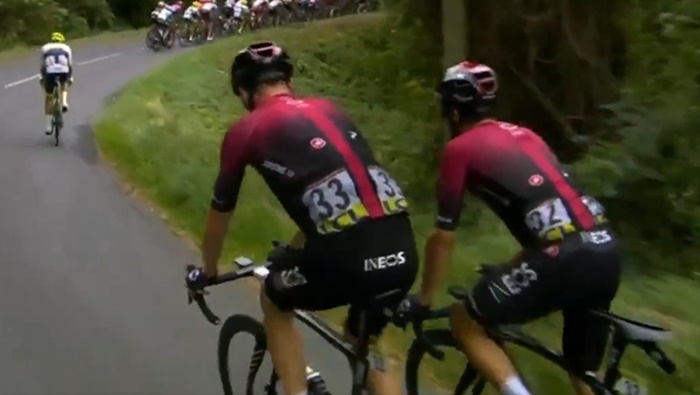
The race is preparation, yes, and he wasn’t there to win. But still. Bit crap.
This was the story of Froome’s week. He is still coming back from injury and while he’s obviously progressing, he’s run out of time to be sharp enough for the Tour.
Geraint Thomas had a similar experience. He wasn’t dropped as soon as Froome, but he still wasn’t making it to the finishes alongside Roglic and the other big names.
Ineos later announced that neither would be riding the Tour. Thomas will go for the Giro d’Italia in October and Froome will ride the Vuelta a Espana later the same month and on into November. Last year’s Giro winner Richard Carapaz has been drafted into their Tour team instead.
Bernal is probably still the overall favourite, but it was very obvious from the Dauphiné that they will be pushed hardest by Jumbo-Visma.
Just as he did last year, Roglic has been winning pretty much every stage race he’s entered. And now he’s backed up by Dumoulin with plenty of other strong riders in the team too.
How strong? Well I won’t list them all, but put it this way: Wout van Aert pretty much just won the month of August and he’ll be there to do little more than carry bottles and chase down the breakaway.
For what it’s worth, EF Pro Cycling’s Daniel Martinez won the Dauphiné. His victory’s tempered by all the withdrawals, but he is a young Colombian, so it’s probably worth keeping an eye on him.
What’s next?
Everyone’s chilling out a bit this week, recovering from that last batch of racing.
Our next major appointment is the big one. The Tour de France runs from Saturday August 29 to Sunday September 20.
Sign up for this website’s email if you want to get a preview and week-by-week recaps of the race.
Leave a Reply